Thypoch Eureka 50mm f/2 review: first impressions of Thypoch's little vintage lens
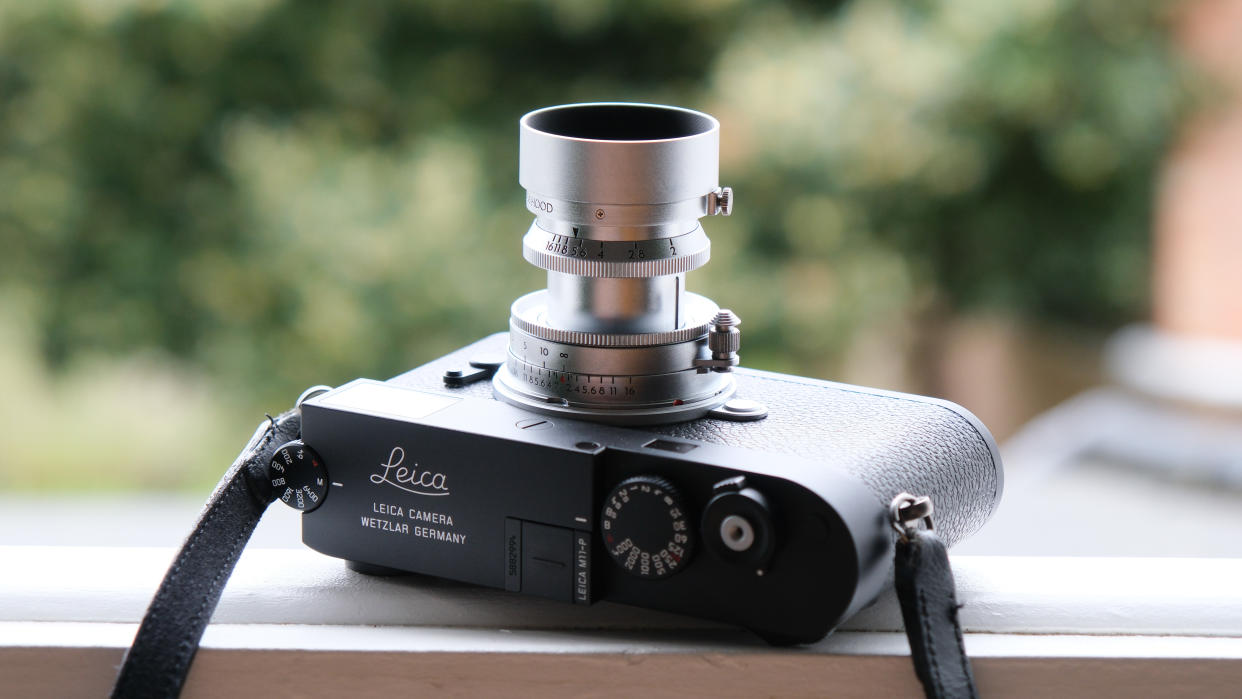
Jump to:
Specifications
Price
Design & Handling
Performance
Sample Images
Verdict
Alternatives
One of the most frequent complaints I hear in my job is how they don’t build ‘em like they used to, with many photographers missing the good old days of film cameras with their weighty metal construction instead of the light polycarbonate plastics most cameras and lenses today are made from. But recently, these veteran photographers have been joined by a younger crowd who for a multitude of reasons (let’s not dive into that here) have flocked to the vintage camera aesthetic.
Ready to capitalize on that is Thypoch, who has seemingly popped up overnight with a super slick social media and YouTube presence that has got a lot of photographers to sit up and take notice. In an interesting twist though, Thypoch so far has only made lenses for Leica’s M series rangefinder cameras, which due to their high cost, don’t sit on many photographers' shelves.
And so far Thypoch only has two lenses, sort of, the Thypoch Simera 28mm and 35mm are just optically different enough but share the same fundamental design and specs, a manual focus lens that sits closely in style and build to Leica’s own lenses.
However, these Simera are soon to be joined by a brand new and totally different lens – the Thypoch Eureka 50mm f/2. With a unique collapsible design and stylish construction. But can a lens from a new and relatively untested company really hold up against Leica’s legendary optics? The Eureka is still in development, but Thypoch has given me an early sample to find out.

Thypoch Eureka 50mm: Specifications
Thypoch Eureka 50mm: Price
Thypoch has not announced the price of the Eureka 50mm lens at the time of publication but I am told that it will cost around the same as Thypoch's Simera lenses, which currently cost $699. This would keep the Eureka lens definitely within the margins of what I would consider good value for a manual focus-only lens with this build quality. And of course, this is far below what Leica charges for its own glass.
The lens is currently scheduled for release around the end of April 2024, although this might change as the lens is finalized, expect an announcement in mid-April.
Thypoch Eureka 50mm: Design & Handling
The Eureka lens is reviving a unique design that hasn’t been seen in decades – collapsible lenses. This essentially means that the lens can be made shorter for when not in use, and then it pulls out and twists into place for taking images.
While it is an incredibly neat little design, I am not sure it is functionally really all that necessary when there are wide aperture lenses around that have a similar profile to the Eureka, many of which also squeeze autofocus in, and sometimes optical image stabilization.
However, I don’t think practicality is the main aim of this lens, rather the style and design itself are the big draws, and when it comes to bang-on-trend design, the Eureka lens is right on the money.
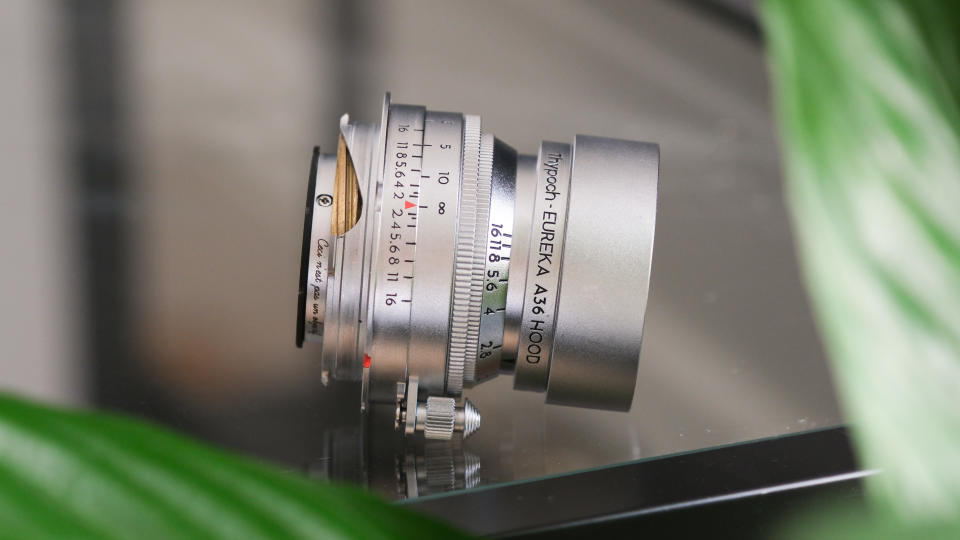
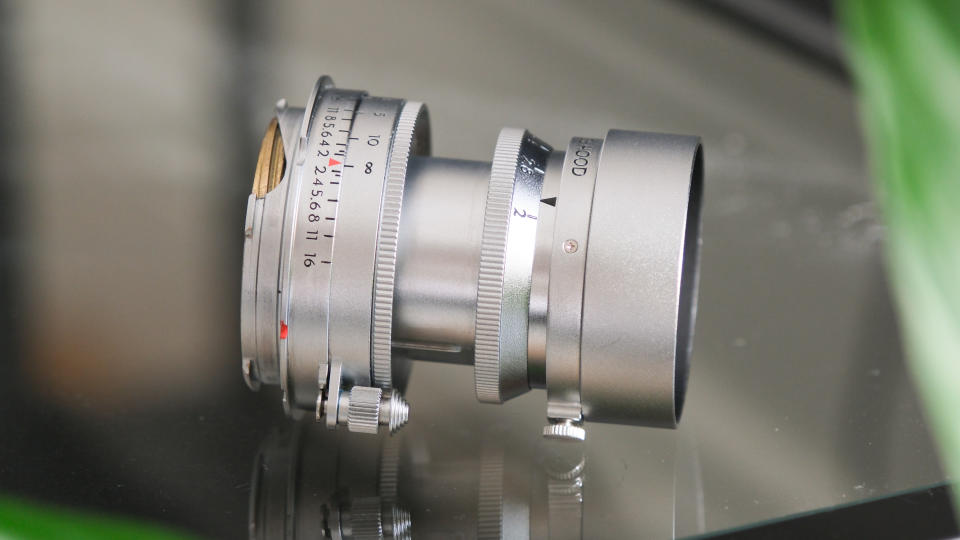
The Eureka feels incredible to use, the body is an all-metal design that feels very premium in the hand, with enough weight to it that it feels substantial but not heavy. I also love mechanical things, and the pull and twist mechanism to extend the collapsible lens is just oh-so-satisfying, while there is a little wiggle in the mechanism, it does feel very solid and well-built.
There are also numerous little touches that I love, from the very nice font chosen for the lens markings that has been engraved rather than printed, to the cute but slightly confusing French inscription translating to “this is not a lens” under the lens mount, which I am told is a reference to the 1929 Treachery of Images painting by René Magritte, which is both an unnecessary but charming little addition.
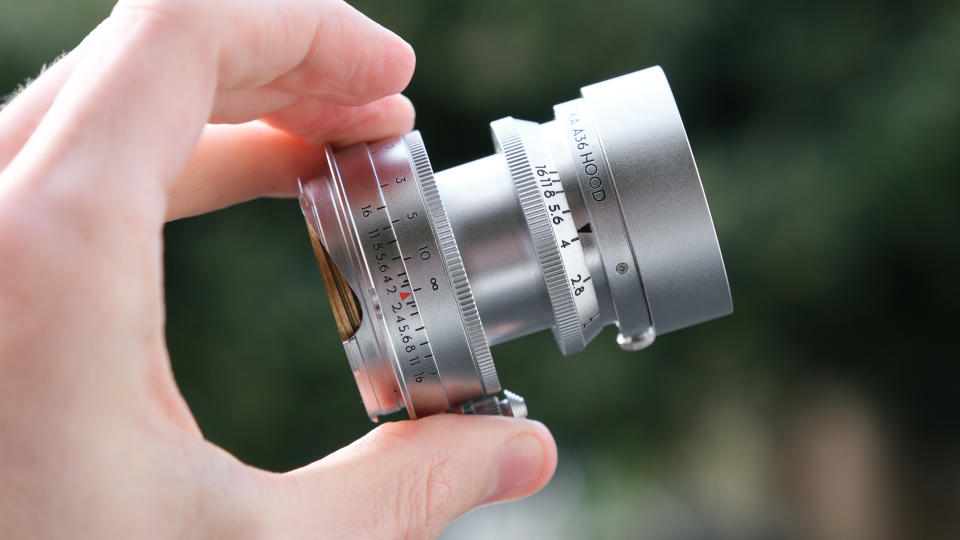
The focus and aperture rings are also buttery smooth to turn. The focus ring has a catch for infinity focus, although I am less convinced this is needed as I found it slowed me down a few times while I fumbled to get the catch switch unlocked when I saw a photo opportunity. This lock switch should also be the easiest thing to grab a hold of to focus the lens, and it does a decent job, but it is not nearly as easy and precise as Leica’s big focus knob on its own lenses.
One area of the design that frustrated me was the lens hood. While the lens hood itself is high quality, the connection to the lens is poor. It connects by twisting a little screw-knob that tightens the hood around the lens, but I found the knob was not only very fiddly to turn, it also didn’t lock the lens hood tight enough to the lens, so the hood kept slipping around. I like that Thypoch tried something here, but a simple twist and lock lens hood design would have been perfectly fine.
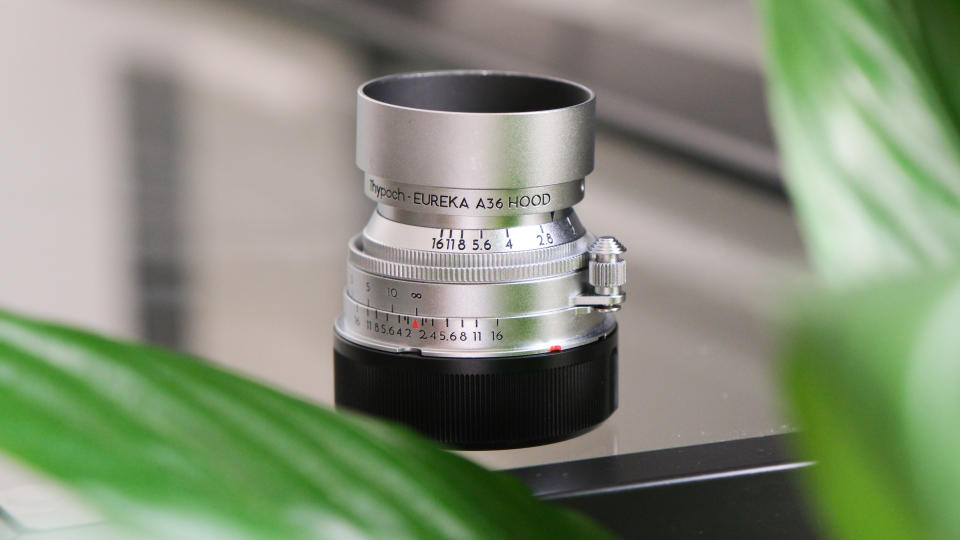
Thypoch Eureka 50mm: Performance
Editor's note: The lens I was testing was a pre-production demo lens, so some changes might be made to the final design which changes the performance. I am also not going to put the lens through DCW’s lab testing until I have the final version of the lens.
Having not used a Thypoch lens before, and with scant reviews online of the two Simera lenses, I didn’t really know what to expect from the Eureka 50mm. Choosing to make the lens exclusively for Leica cameras is also an interesting choice, as Leica’s own lenses are so revered by Leica enthusiasts, that any third-party lenses have quite the stigma to overcome. However, on first impressional alone, I am very pleased to say that I was very pleasantly surprised by the Eureka.

At the risk of insensing die-hard Leica fans, I think the Eureka lens renders images as close to an original Leica lens as I have seen, the contrast is ever so slightly softer in my testing, but if you are after ‘the Leica look’ on a budget, the Thypoch comes pretty close. Out-of-focus areas are very nicely rendered, and the bokeh is nice and rounded.
Image sharpness is very good when the focus is nailed, although, with any manual focus lens, it is tricky to get consistently in-focus images on the fly. The distance scale however on the Eureka was pretty accurate for estimating focus. The sharpness in the center was good throughout the aperture range and only a little soft wide open when pixel peeping, but was much more solid by around f/4. Corner sharpness fared a little worse, with some quite strong vignetting wide open, although that can be fixed in post, and I kind of expected that from a lens this small.
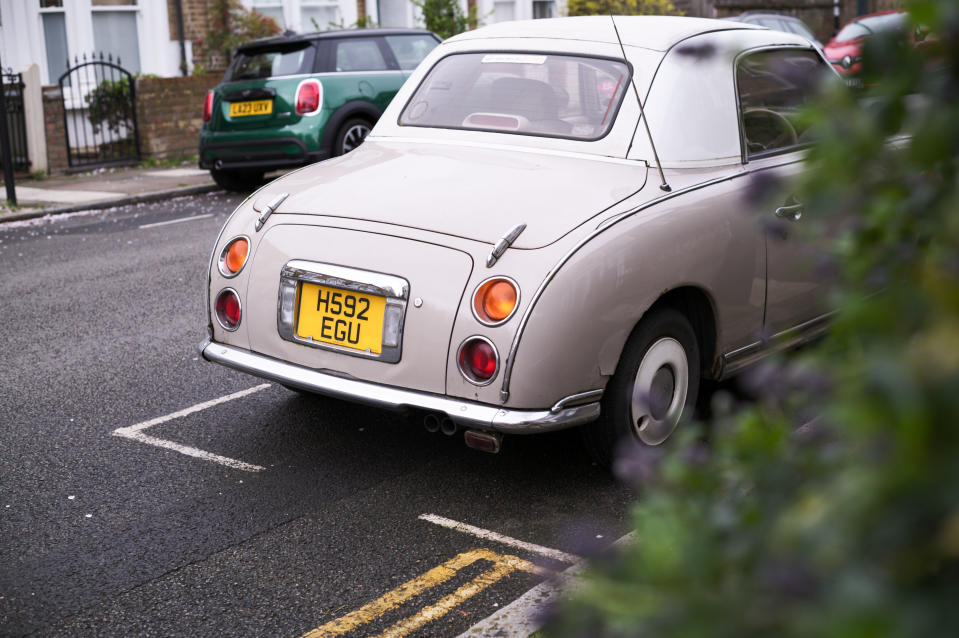
One minor frustration is the close focusing distance of the Eureka can be difficult to work with. While I was not expecting to take brilliant macro images, I think I am spoiled by the close focusing of modern mirrorless lenses, and I came up against the near end of the focus more than I would have liked. Leica M cameras do have their limits with close focusing anyway, but if you intend to adapt this lens to other cameras, and you are used to getting up close, this is something to be aware of.

Thypoch Eureka 50mm: Sample Images
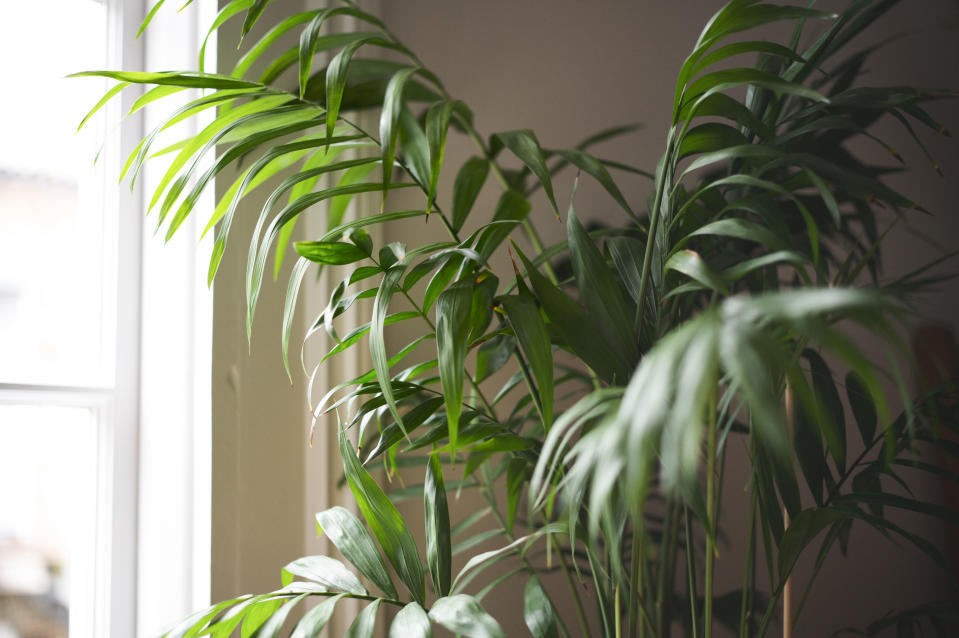


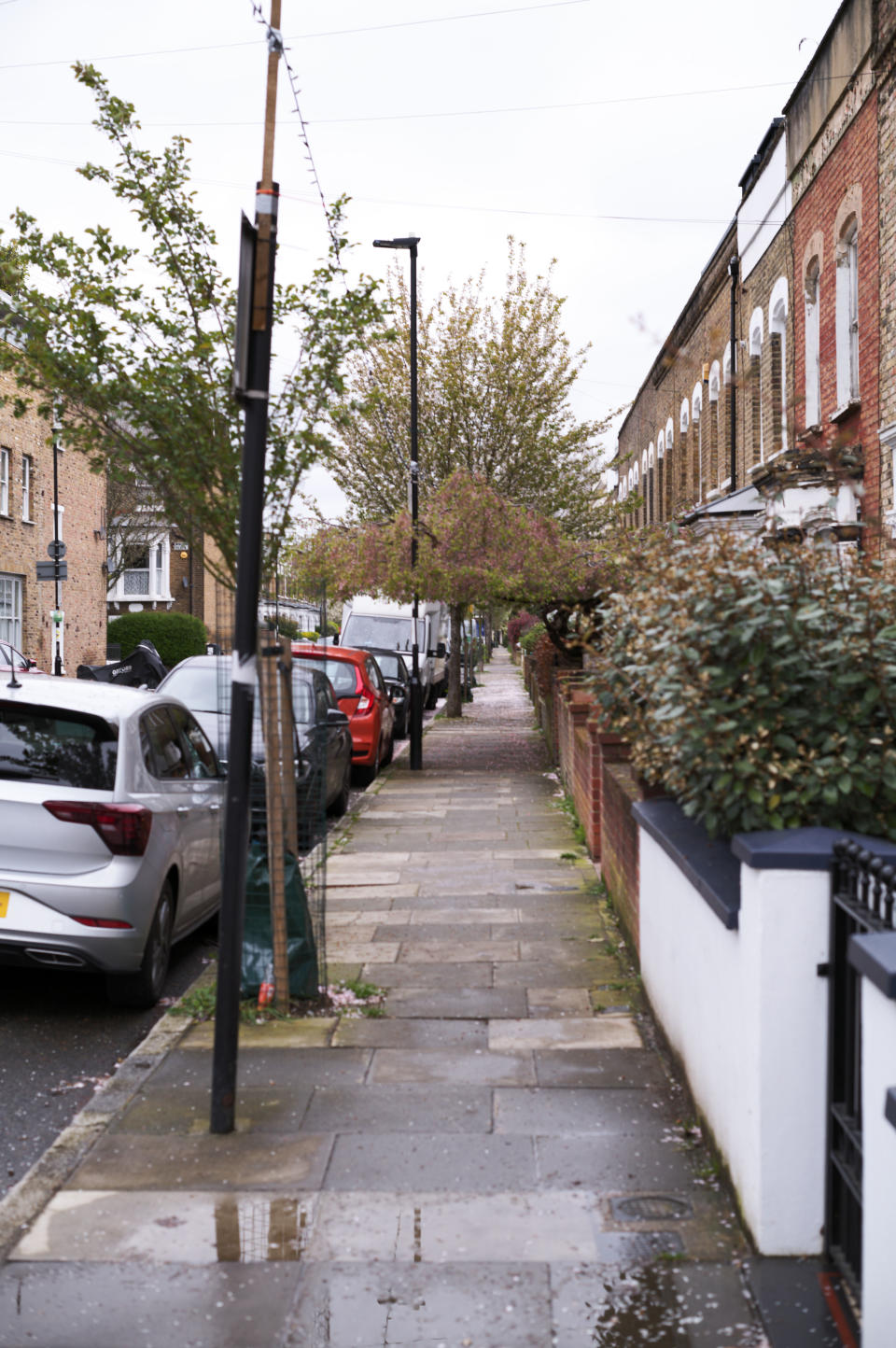



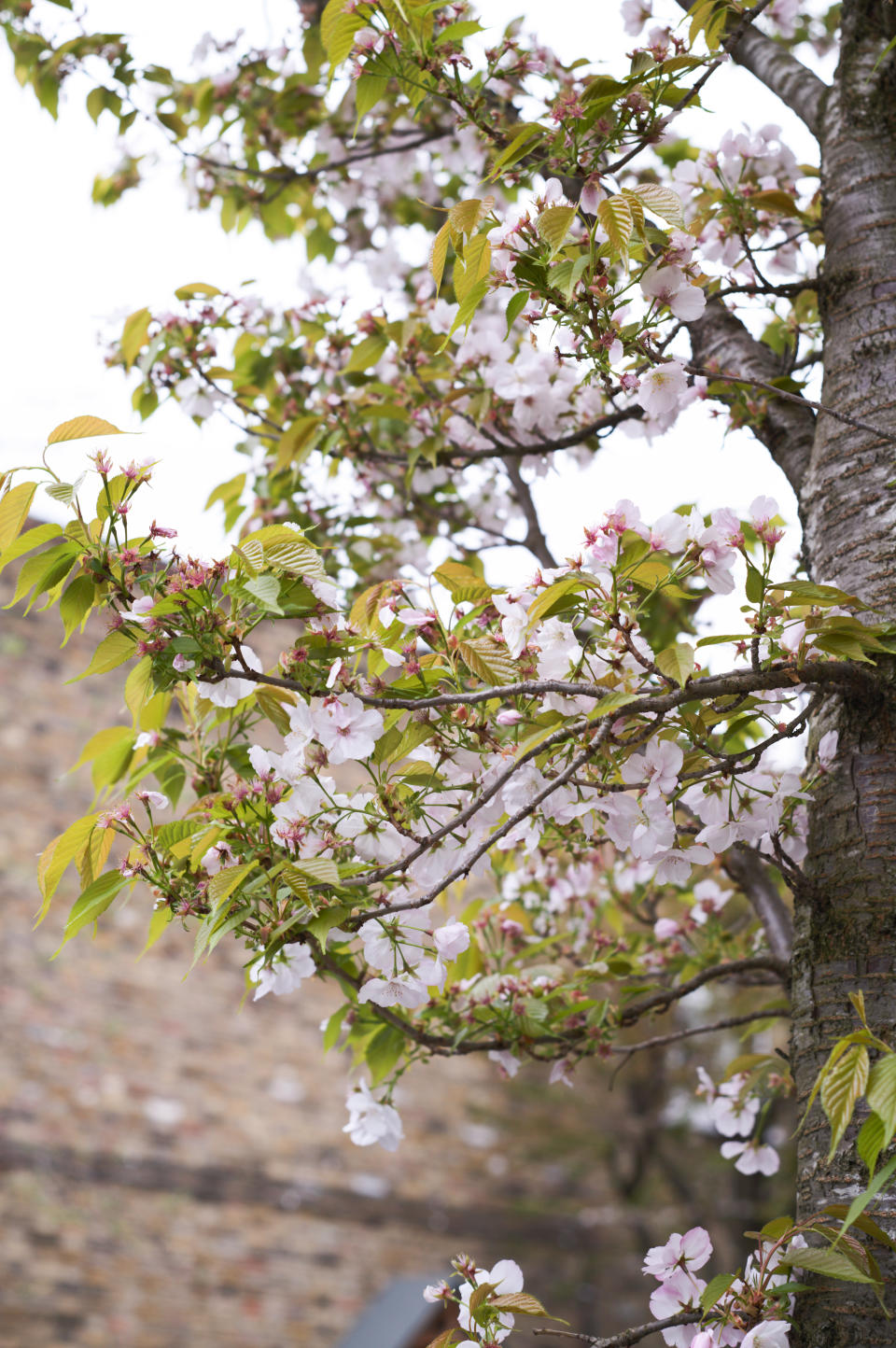
Thypoch Eureka 50mm: Verdict
The Thypoch Eureka is one of my biggest revelations of the year so far. Could I have foreseen that one of the most enjoyable lenses I have used in a while would be a vintage-inspired manual focus lens courtesy of a new and previously untested company? Unlikely. Yet, here I am, pleasantly taken aback.
Thypoch's Eureka lens surpassed my expectations. It is visually striking and boasts an exceptional level of build quality. I love vintage style, and I love mechanical tactile things, so the Thypoch ticks a lot of boxes for me, as I am sure it will for a lot of photographers. It's not just about the build though, the Eureka's image capabilities also far surpassed what I had initially expected with sharp Leica-like rendering.
In fact, my only real complaint about the Eureka (and other Thypoch lenses) is that they are only produced in Leica M-mount, with popular retro cameras from Nikon and Fujifilm, the Eureka would be a perfect companion to my Fujifilm X-T5 or a Nikon Zf.
While the lens is still undergoing its final phases of development, the sample I've had the opportunity to test thus far indicates a lot of promise for the final release soon.
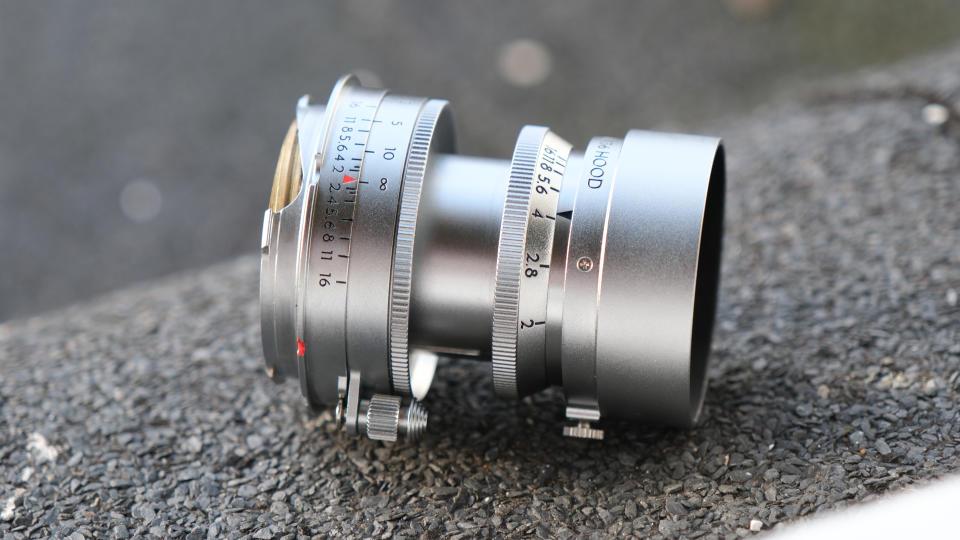
✅ Buy this if...
If you love vintage gear then the Eureka has nailed the classic look and feel of film lenses perfectly
If you are looking for a budget Leica lens that still offers great quality then the Eureka is a good option
🚫 Don't buy this if...
If you plan on adapting this to another camera but don't like the idea of very fiddly manual focusing
If you want to use this lens with other cameras but don't like using an adapter you'll have to wait to see if any other mounts materialize
Alternatives

If you are sold on the vintage aesthetic, then the Voigtländer 50 mm f/3.5 Heliar VM is also in a unique retro design that might be appealing, although it lacks the extending mechanics. The aperture is also slightly narrower at f/3.5 compared to the f/2 on the Eureka.

If you have bought a Leica camera, then you might well also only have your eye on buying Leica's own lenses. The Leica Summicron-M 50 f/2 is the closest to the Eureka you can get in focal length, aperture, and price, but that price is considerably higher than the Eureka is likely to be.

